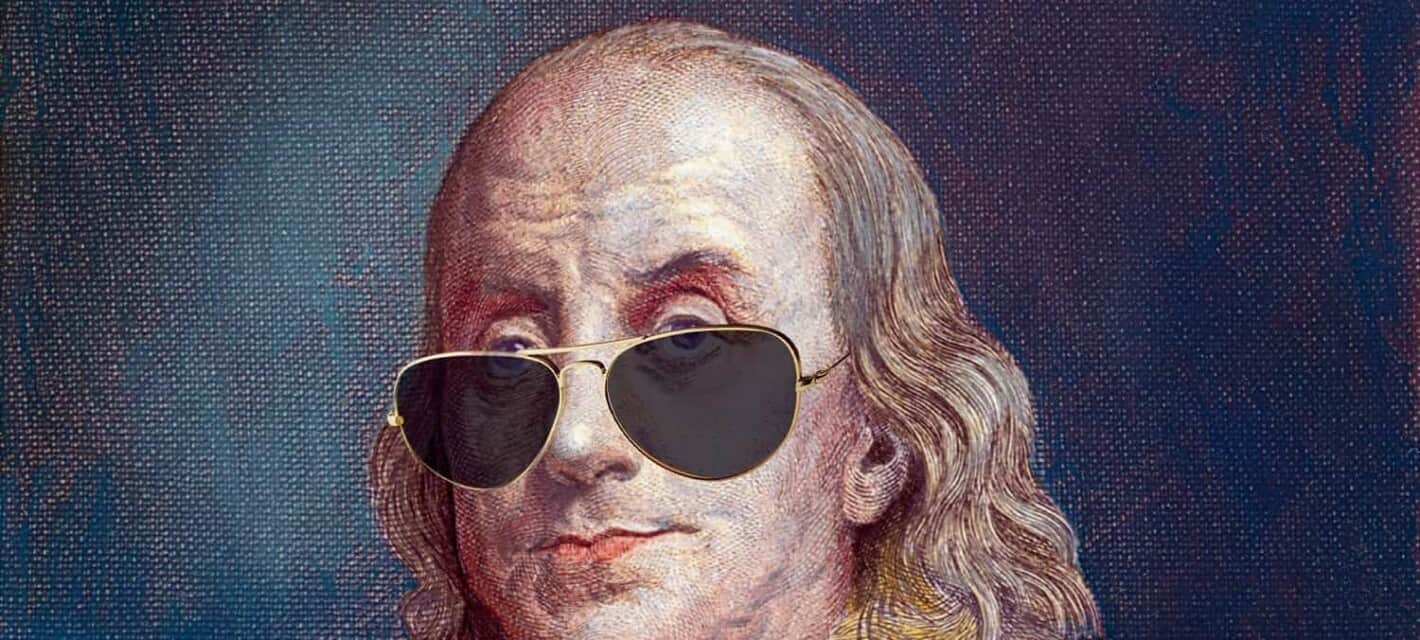When we look back on historical figures, we tend to dehumanize them and create legends surrounding them. They no longer seem like they are like one of us. Idolizing historical figures is something people have done throughout history, but it really does take away their personality traits. We remember what they did, how they affected history, and what they mean to us in today’s terms. But they were just like us; with their quirks and mannerisms. And some of them may have even come across as downright obnoxious.
We thought we would break from the typical content we give e and look at a human and comedic side of history. We trolled the internet for people’s anonymous quotes on who they thought would be the very worst Facebook friends. We know the type of people on social media. The debaters, the aggravators; the SoundCloud musicians, the overachievers. If these people were alive today, they would have a very unique presence on social media. Here are the funniest theories and the background supporting these judgments.

Galileo Galilei Just Looked for People to Argue With
“I’d say Galileo. He was known at university for standing around in corridors looking for people to argue with and his page would probably be hacked by cardinals all the time.” Galileo, in full Galileo Galilei, (February 15, 1564 -January 8, 1642), was an Italian natural philosopher, astronomer, and mathematician. He is best known as the father of modern science. It’s hard to pinpoint one crowning achievement because he was the foundation for so many scientific schools of thought and study that made fundamental contributions to the sciences of motion, astronomy, and strength of materials and to the development of the scientific method. He also made revolutionary telescopic discoveries, including the four largest moons of Jupiter. But along with the pure genius came a quirky side.
Galileo loved to argue and this person thought he would be the victim of account hacking too. Which wouldn’t be surprising. But his love for challenging peers to debate started at an early age. When he was 16, Galileo enrolled at the University of Pisa to study medicine, at his father’s urging. Instead, though, he became interested in mathematics and shifted his focus to that subject. Galileo left the school in 1585 without earning a degree. According to Viviani, a close friend of Galileo in his later years recalled that his comrade was, “a bold questioner of established opinions and often found himself opposed to the Aristotelians.” Although he never received the degree at the University of Pisa, it’s obvious his time and mind were not wasted there.

